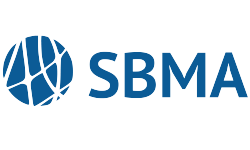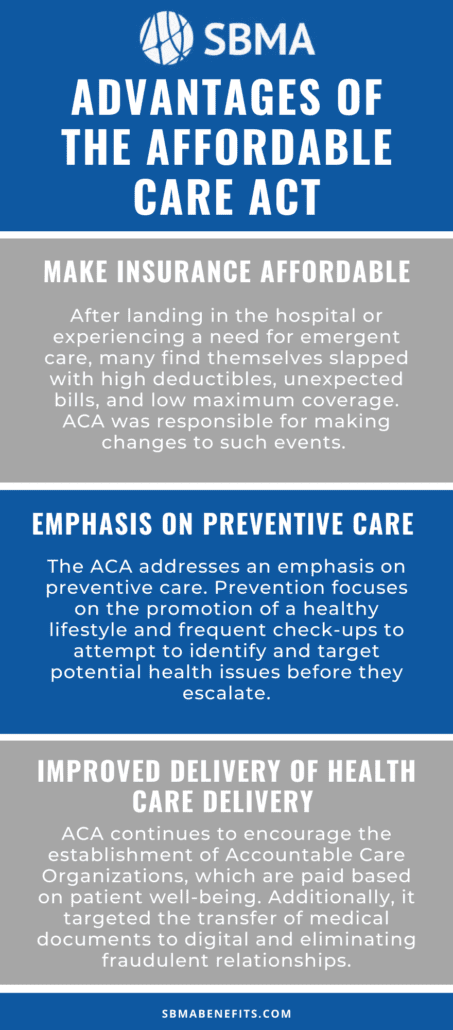Make Insurance Affordable
The first of the strategies that Obamacare aimed to accomplish was to make health insurance affordable for all Americans.
Oftentimes many assume that they have a clear understanding of the finances of their insurance coverage. However, after landing in the hospital or experiencing a need for emergent care, they would find themselves slapped with high deductibles, unexpected bills, and low maximum coverage. ACA was responsible for making changes to such events.
ACA was able to lower insurance costs for Americans in a variety of ways. The first of which was the provision of tax credits for insurance to middle-class Americans. By limiting out-of-pocket expenses to a maximum of $8,150 for individuals and $17,100 for families, in addition to extending the accessibility of Medicaid beyond 100% poverty level, health insurance became more affordable for many.
In addition to these initial cost caps, ACA allowed parents to keep their children on their medical plans until they reached age 26. It also established the Small Business Health Care Tax Credit, which serves to benefit businesses with less than 25 full-time employees. It provides such businesses with a tax credit that covers up to 50% of their contribution to their employees’ health insurance coverage.
Emphasis on Preventive Care
The second strategy that ACA addressed was putting emphasis on preventive care. Prevention focuses on the promotion of a healthy lifestyle and frequent check-ups to attempt to identify and target potential health issues before they escalate.
The ACA enacted a list of 10 essential benefits that all insurance plans must cover. They include:
- Preventive and wellness visits, including chronic disease management
- Maternity and newborn care
- Mental and behavioral health treatment
- Services and devices to help people with injuries, disabilities, or chronic conditions
- Diagnostic lab tests
- Pediatric dental and vision care
- Prescription drugs
- Outpatient care
- Emergency room services
- Hospitalization
In addition to establishing these initial benefit requirements, ACA was responsible for expanding treatment for mental health, addiction, and chronic diseases. From an insurer’s perspective, these are often the most expensive patients for whom to provide ongoing care. ACA put emphasis on programs to combat and prevent this prolonged treatment including those that focus on smoking cessation and combating obesity.
ACA also eliminated lifetime and annual coverage limits and denial of coverage due to pre-existing conditions. Insurance companies are not able to drop or deny you coverage because you have a pre-existing condition, made a mistake on your application, or because you’ve been recently diagnosed with a life-threatening disease. Additionally, they are not allowed to require new members to wait more than 90 days before coverage starts.
Lastly, ACA changed the way that insurers spend premium dollars. It declared that 85% of premium dollars paid by insured members must be spent on healthcare services and quality improvement. If these requirements are not met, insurers are required to provide covered members with a rebate.
Improve Health Care Delivery
The final strategy that Obamacare aimed to tackle was improving how health care is delivered by doctors and hospitals.
One example of such was the establishment of Accountable Care Organizations. Rather than ACA paying for each individual test, procedure, and visit, these organizations were designed to receive coverage payments based on the care and well-being of patients. So far, these organizations have shown significant results. As such, the ACA has continued to encourage them.
Additionally, ACA encouraged the transition to digital medical records. Traditionally, medical records were kept on paper and transferring them required doing so be done by mail or fax. Now, keeping electronic medical records provided a safer, more secure filing system that provided ease of transfer.
ACA also targeted the reduction of fraudulent doctor/supplier relationships. It provided guidance to states reviewing excessive insurance rate hikes and required background checks of all nursing home staff to prevent abuse of seniors.
Overall, the Affordable Care Act, or Obamacare, provided significant advantages to the healthcare industry. The Act was designed to best benefit both insurance suppliers and recipients to ensure that patients in need receive the best care possible without breaking the bank while still ensuring that the insurance industry was not crippled in the process.
While few fully recognize the benefits that were established as a direct result of the Affordable Care Act, many of the implemented changes have since become a recognized standard across the healthcare industry.
SBMA provides a complete solution for ALE employers who want to provide affordable, ACA-compliant benefits to their workers. Our streamlined technology and personal services provide a complete solution for our clients and their employees.



